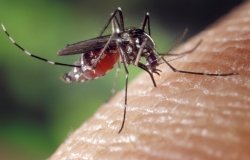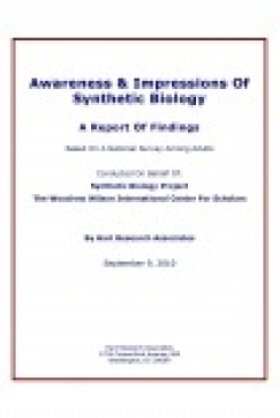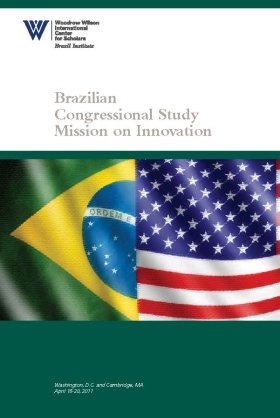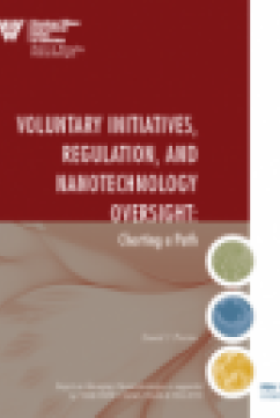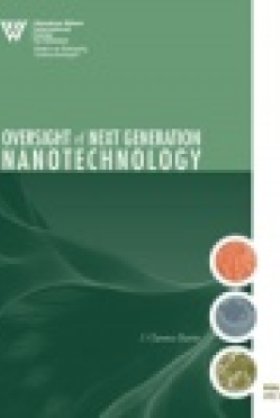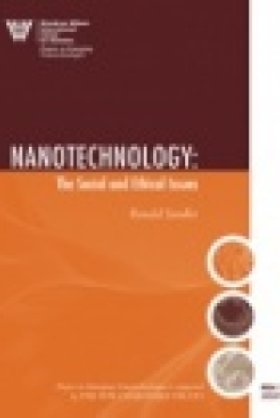Nanotechnology and the World
As other countries increasingly incorporate nanotechnology into products, they too have the opportunity to address safety, oversight, and public perception concerns from the outset. We all share this responsibility, says Wilson Center research associate Evan Michelson.
Nanotechnology is a field of intense international competition. The ability to measure, manipulate, and manufacture materials at the nanoscale has led governments and corporations worldwide to invest almost $10 billion a year in nanotechnology research and development. As a result, nanotechnology was incorporated into more than $30 billion in manufactured goods in 2005 and by 2014 this figure is projected to reach $2.6 trillion.
The United States and most advanced countries in Europe and Asia all have large, established nanotechnology initiatives. Such developing countries as India, Brazil, and South Africa also have identified nanotechnology as a key element in their economic future. China, in particular, continues to invest considerable financial and human resources toward becoming a leading nanotechnology powerhouse.
The United States and China face a similar set of commercialization, oversight, and public perception questions that will determine each country's success from this new technology. How does nanotechnology factor into each nation's long-term economic future? How will they encourage the most promising nanotechnology breakthroughs to move quickly and safely out of the laboratory and into the marketplace?
It would be unfortunate if governments squandered this unique opportunity to help direct nanotechnology along a responsible path. To date, there has been a slow national and international regulatory response to nanotechnology and more effective steps are needed to fill the research gaps about nanotechnology's safety. Meanwhile, many people around the world have heard little or nothing about nanotechnology. A recent poll conducted by the Project on Emerging Nanotechnologies revealed the public knows little about what nanotechnology is and how it is being used.
The first generation of relatively simple nanotechnology products is already on store shelves: cosmetics, automobile parts, clothing, and sports equipment. But research is quickly leading nanotechnology to converge with other fields—such as biotechnology, information technology, and cognitive science. This promises to quicken the pace of innovation and product development in advanced electronics, sensors, targeted drugs, food, and robotics.
In nanotechnology, both the United States and China need to do more than compete economically. The two countries have a new and distinctive chance to think and operate proactively—and work collectively—toward getting the nanotechnology governance and oversight system right from the start.
Related Program

Science and Technology Innovation Program
The Science and Technology Innovation Program (STIP) serves as the bridge between technologists, policymakers, industry, and global stakeholders. Read more
